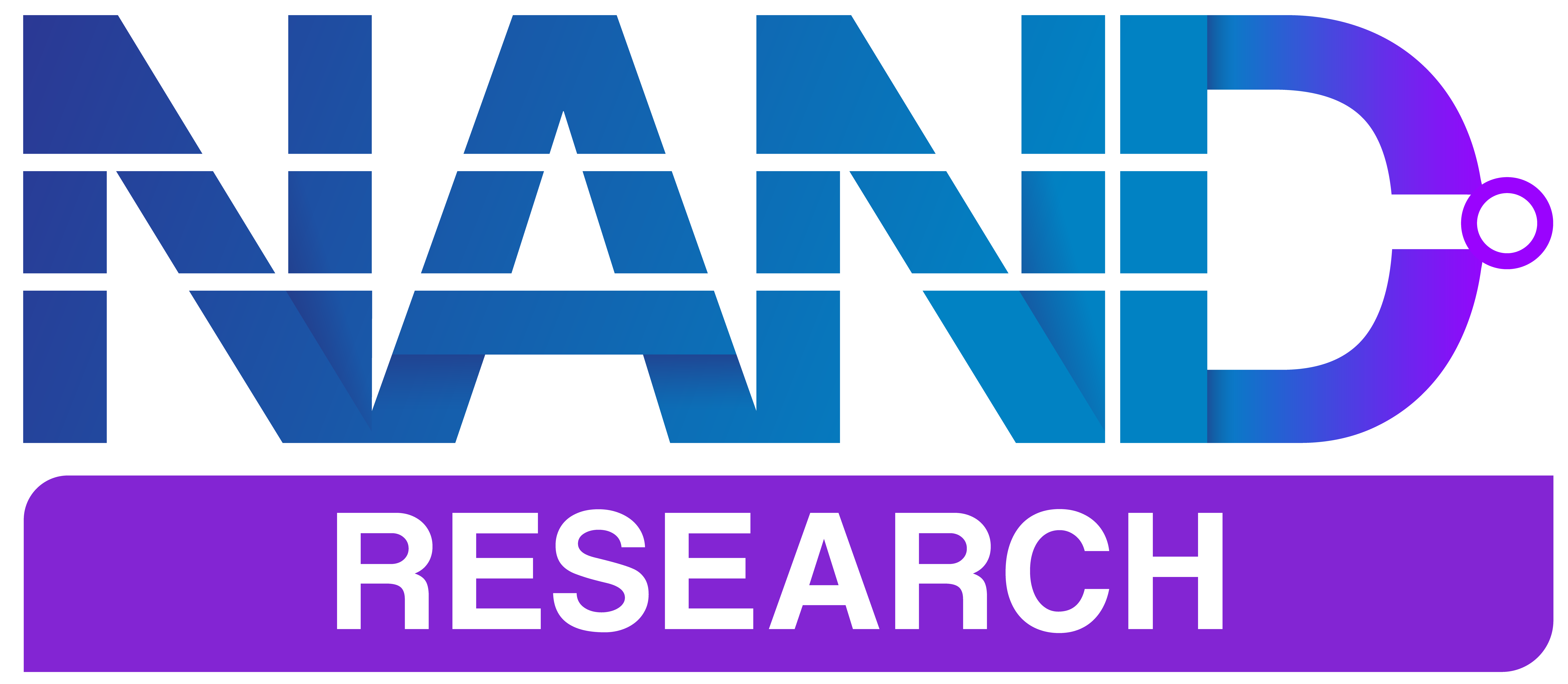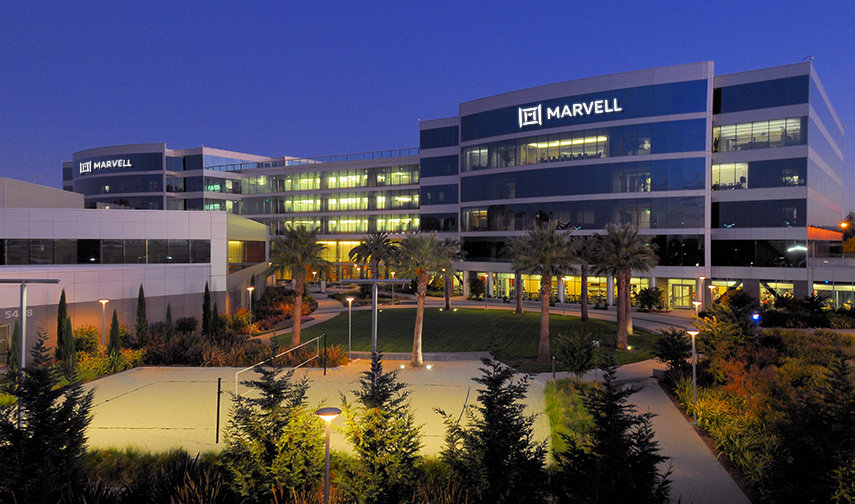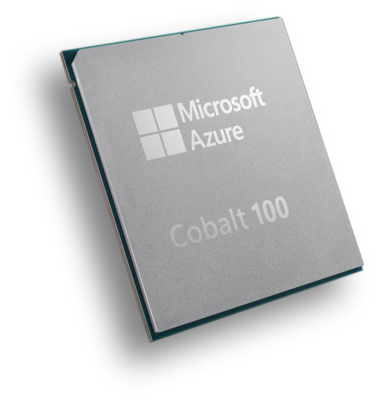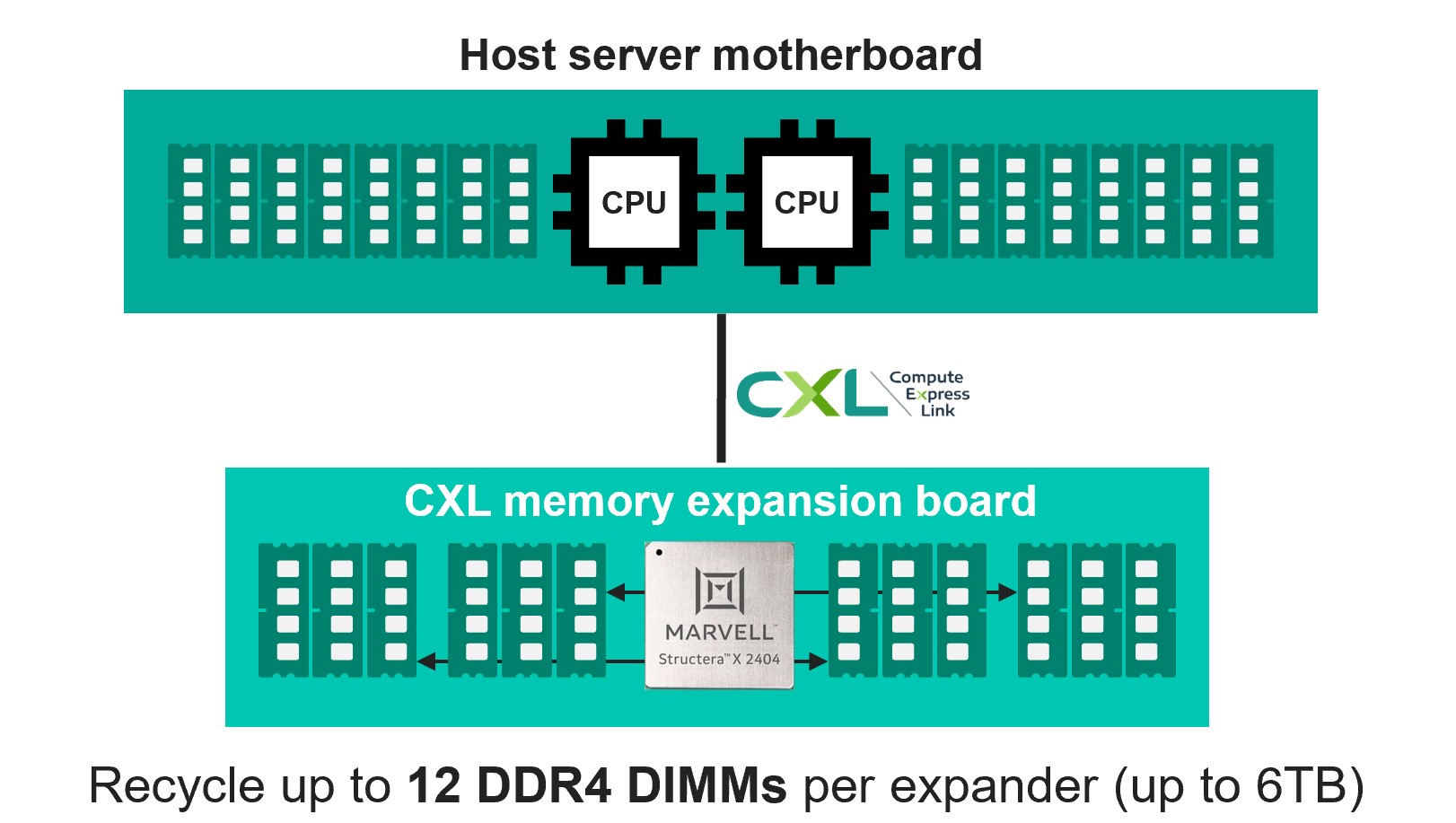AI is reshaping the data center, bringing networking along for the ride. It’s clear that optical networking is rapidly moving from a back-end concern to a front-line enabler of next-generation infrastructure.
AI workloads, with their massive datasets, distributed training pipelines, and high-performance compute requirements, demand interconnect solutions that combine extreme bandwidth with low power consumption and low latency.
At last month’s OFC 2025 event in San Francisco, this shift was unmistakable.
Key Themes
The event’s major themes and vendor announcements all pointed toward a future where optical interconnects are foundational to AI-first data center design. The key themes we picked up on include:
- Scaling Optical Bandwidth for AI Infrastructure: Vendors demonstrated significant progress in moving toward 1.6 Tbps and 3.2 Tbps coherent transmission systems. DSP innovations are delivering higher data rates with reduced power consumption. This is critical for scaling long-haul and DCI applications.
- CPO and Integrated Photonics Mature: Co-packaged optics and PICs were everywhere at OFC. These technologies are becoming increasingly viable for hyperscale data centers, where reducing power and improving density are top priorities.
- AI-Driven Optical Network Automation: With the complexity of AI data flows increasing, vendors showcased network management platforms that use AI for automated optimization, predictive maintenance, and operational efficiency across optical layers.
- Sustainability and Energy Efficiency in Focus: Many presentations and product launches highlighted the need for greener optical networks, with designs targeting up to 40% reductions in energy consumption.
- Early Moves Toward Quantum-Secured Optical Networking: While still early, multiple sessions explored real-world use cases for QKD in fiber networks, a sign that quantum security is moving closer to practical deployment.
Major Vendor Announcements
Vendors were clearly engaged at the event, with Marvell perhaps winning the unofficial prize for most announcements. Here’s what caught our eye:
Marvell
Marvell came to OFC 2025 with a broad portfolio of interconnect innovation targeting AI workloads:
- Demonstrated a complete 400G PAM4 electrical-to-optical link operating at 224 Gbps, a foundational step toward 3.2T optics.
- Introduced a 1.6T silicon photonics light engine integrated into a LPO reference design.
- Showed PCIe Gen 6 and Gen 7 over optics, extending PCIe beyond the rack.
- Highlighted the COLORZ 800 pluggable DCI module, supporting 800G transmission over 1,000 km.
- Demonstrated 200G/lane 1.6T Active Electrical Cables (AEC) for short-reach AI system interconnect.
- Ran a live demo of a 51.2T scale-out fabric for AI clusters.
Broadcom
Broadcom updated its high-speed optical portfolio:
- Extended its 200G/lane DSP PHY technology roadmap for AI-centric workloads.
- Demonstrated readiness for CPO adoption in future data centers.
- Partnered with Arista, Juniper, and others to show 1.6T transceivers interoperating across 51.2T switching platforms.
Lumentum
Lumentum focused on scaling optical solutions for AI-driven data centers:
- Unveiled next-generation Indium Phosphide (InP) chip solutions.
- Released new transceivers capable of doubling fiber capacity across a variety of distances.
- Highlighted integration strategies for photonics in AI infrastructure.
Corning
Corning addressed physical infrastructure challenges for AI networks:
- Introduced its GlassWorks AI suite for scalable fiber deployments.
- Launched Contour Flow Cable to double fiber count in the same diameter.
- Presented FlexConnect fiber optimized for CPO architectures.
OIF (Optical Internetworking Forum)
OIF demonstrated progress on industry interoperability:
- Live demos of 800ZR, 400ZR, OpenZR+, and multi-span optics.
- Advanced energy-efficient interfaces (EEI) and management standards like CMIS.
- Partnered with 35 vendors to validate multi-vendor optical ecosystem readiness.
Ethernet Alliance
The Ethernet Alliance focused on emerging Ethernet speeds and AI-optimized networking:
- Hosted a live 800G interoperability demo.
- Showcased technologies including 224G electrical signaling, LPO optics, SmartNIC load balancing, and AI-aware congestion control.
Analyst’s Take
OFC 2025 demonstrated that the future of AI infrastructure will be shaped not just by GPUs and accelerators, but also by the optical interconnects that link them together. Every vendor at the show positioned optical networking as an essential building block for scaling AI clusters, managing energy demands, and enabling multi-site distributed training environments.
Our cute tagline for the event: the data center of the future is not just faster — it’s optically driven.





